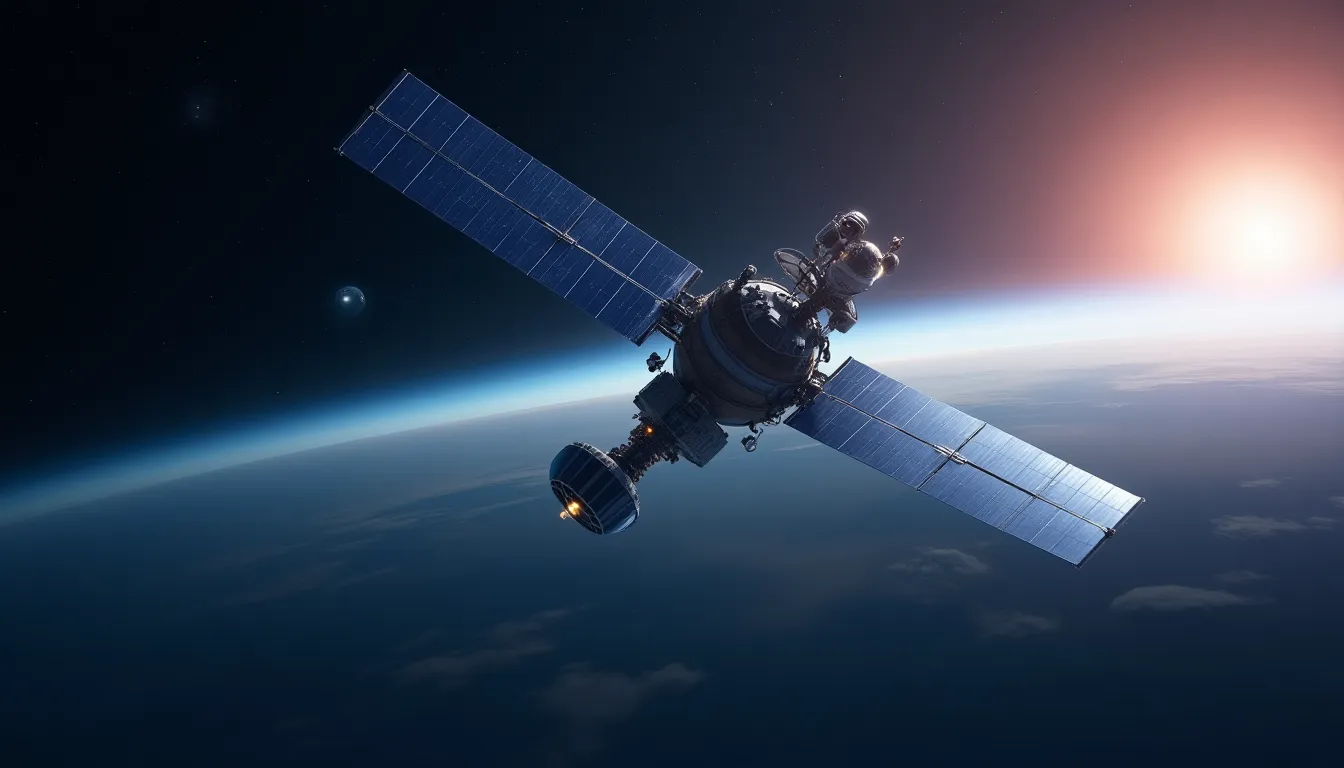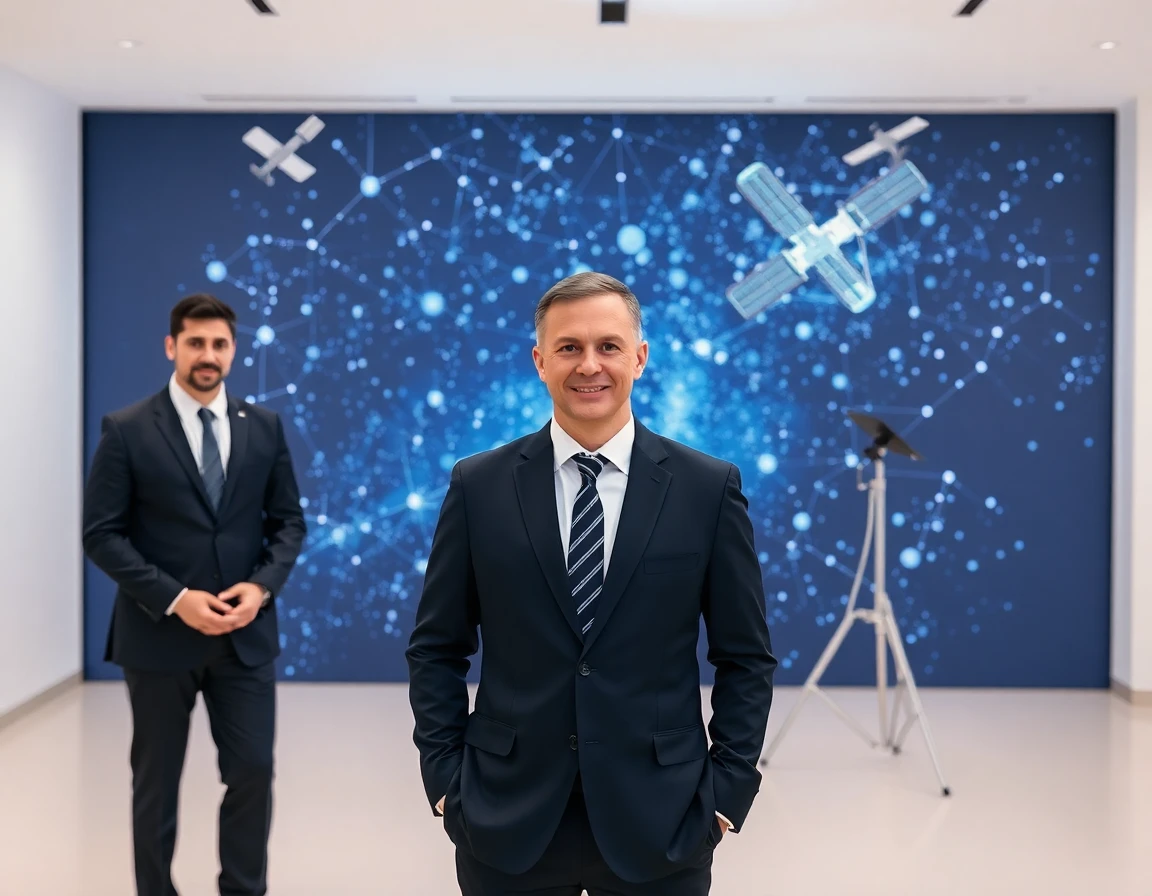The satellite industry is witnessing a transformative phase characterized by rapid technological advancements and innovative partnerships. Over the past month, significant developments have emerged, particularly in the realms of artificial intelligence (AI), Earth observation, and global connectivity. This article delves into the latest trends reshaping the satellite sector and their implications for the aerospace and defense industries.
Integration of AI in Satellite Operations
Artificial intelligence is playing an increasingly pivotal role in optimizing satellite operations. Experts from leading organizations such as Eutelsat, Space42, Sky Perfect JSAT, and Spire Global convened for a roundtable discussion highlighting AI’s potential to revolutionize satellite services.
AI technologies are enhancing mission planning, data processing, and overall satellite performance. By automating routine tasks and providing real-time insights, AI enables operators to make informed decisions rapidly. For instance, advanced navigation systems leveraging high-performance MEMS accelerometers can significantly improve the accuracy of satellite trajectories, enhancing operational efficiency. As the industry continues to adopt AI-driven solutions, we can expect a more agile and responsive satellite ecosystem.
Earth Observation and AI Advancements
Constellr is at the forefront of integrating AI into Earth observation, making crucial data more accessible and adaptable for diverse customer needs. By utilizing AI across the entire value chain—from mission planning to data processing—Constellr enhances the usability of Earth observation data. This approach allows for rapid customization of data, ensuring it meets specific requirements for various applications, from environmental monitoring to agricultural planning.
The incorporation of advanced sensor modules, such as 9-DOF MEMS IMUs, provides exceptional stability and comprehensive motion sensing capabilities, further enhancing the precision and reliability of Earth observation tasks. These innovations not only improve data quality but also open new avenues for researchers and decision-makers to leverage satellite information effectively.
Muon Space and Starlink Integration
In a groundbreaking collaboration, Muon Space has partnered with SpaceX to integrate Starlink’s mini laser terminals into its Halo satellite platform. This integration marks a significant leap forward in providing high-speed, low-latency connectivity, transforming satellites into real-time nodes within a global communication network.
The partnership facilitates persistent optical broadband capabilities, enabling real-time tasking and data delivery for various applications. With such advancements, satellite communications are becoming more robust, supporting mission-critical operations across sectors, including defense and emergency response.
SpaceX Starlink Launches: Expanding Global Connectivity
SpaceX recently completed the launch of 29 Starlink V2 Mini satellites aboard a Falcon 9 rocket, further advancing its global satellite network. This launch is part of SpaceX’s strategic efforts to enhance internet connectivity worldwide, especially in underserved areas. The Starlink constellation aims to provide high-speed internet access globally, contributing to the digital divide reduction.
The continued expansion of the Starlink network underscores the importance of high-performance optical communication systems, such as ZQXXSGDSS systems, which facilitate precise laser beam positioning essential for maintaining robust communication links in space.
China’s Launches: Strengthening Space Capabilities
China’s latest satellite launch reflects its commitment to expanding its space capabilities and investing in advanced satellite technology. While specific details of the recent launch remain limited, it is indicative of China’s strategic focus on enhancing its presence in the aerospace sector. The country’s advancements in satellite technology, including sophisticated communication and earth observation systems, are set to play a crucial role in its future space endeavors.
Conclusion
As the satellite industry continues to evolve, the integration of AI, advancements in Earth observation, and strategic partnerships are paving the way for a more connected and efficient future. With technologies such as precision accelerometers and advanced sensor modules enhancing satellite capabilities, the industry is poised for significant growth. The ongoing commitment from key players like SpaceX and emerging nations like China illustrates a dynamic landscape in the aerospace sector, where innovation and collaboration will drive the next generation of satellite technologies. Looking ahead, stakeholders must remain agile, adapting to technological advancements to maximize the potential of satellite systems in various applications.
References
-
October 2025 - Spaceflight Now (spaceflightnow.com) - 10/30/2025 SpaceX launches 29 Starlink satellites on Falcon 9 rocket from Cape Canaveral · Blue Origin details lunar exploration progress amid Artemis 3 contract shakeup.
-
Muon Space integrating SpaceX’s Starlink Mini space lasers into … (news.satnews.com) - 10/29/2025 Muon Space has engaged in an agreement with SpaceX’s Starlink to integrate the firm’s mini laser terminals into Muon’s high-performance …
-
Space Brief 24 Oct 2025 - KeepTrack (keeptrack.space) - 10/24/2025 Today’s Space Brief covers China’s latest satellite launch, Russian threats to UK satellites, European defense strategies, and upcoming …
-
Space in focus: The rise of Earth Observation – and other news to … (www.weforum.org) - 10/14/2025 Releasing on October 15 2025. The first 10 Emerging Technology Solutions for Planetary Health report will spotlight technology solutions that …
-
Satellite’s AI Future: The Big Debate | October/November 2025 (interactive.satellitetoday.com) - 10/7/2025 Experts from Eutelsat, Space42, Sky Perfect JSAT, and Spire Global weigh in on how AI will impact satellite operations and services.
-
What’s Up: October 2025 Skywatching Tips from NASA (science.nasa.gov) - 9/30/2025 What’s Up for October? A Supermoon takes over, the Draconid meteor shower peeks through, and the Orionid meteors sparkle across the night sky.



